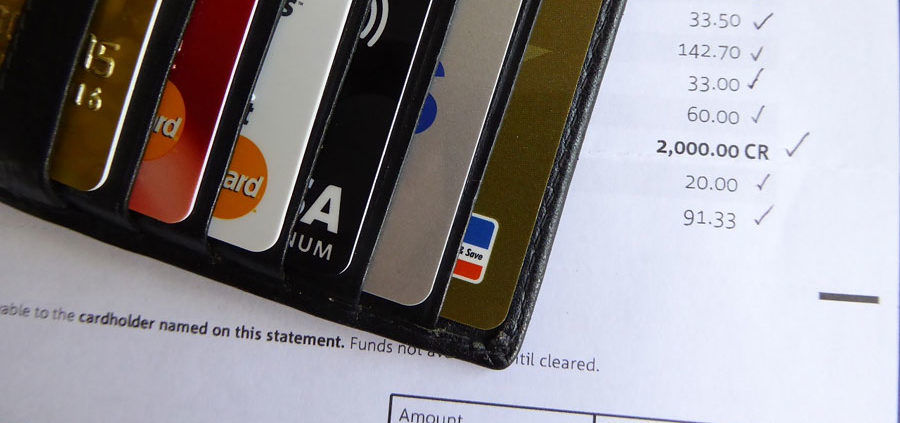Why You Shouldn’t Do A Balance Transfer
The Facts about Balance Transfer Offers
Debt relief comes in all shapes and sizes, and there is no blanket approach that will help everyone struggling with their finances. With all the available options, it can be difficult navigating which route to take. One of the most appealing ways to get out is balance transfer offers, but despite its immediate appeal, borrowers should be extremely cautious about this option and ask themselves “is a balance transfer worth it for me?”
Unlike so many other debt relief services, such as debt settlement, the truth is that a balance transfer does not ensure positive results and may not really be worth it for some borrowers. Between what it takes to sign up for a transfer and the results — or lack thereof — in the long term, balance transfers simply do not truly help the majority of borrowers who are in significant debt.
Difficult Approval and False Promises
Just getting approved for the transfer can be difficult, as most companies require you to have a good credit score of 680 or above. They will also place a heavy weight on how much money you owe overall, your debt to income ratio, and your income level when reviewing your application. If you do happen to get approved, you will most likely owe a balance transfer fee, which is usually between 3 and 5 percent. If you are looking to transfer $10,000, that could be as much of $500, putting you in further financial hardship. Some transfer cards will have an annual fee as well, only adding more to the amount you owe.
One of the biggest aspects of balance transfers that catch people’s eyes is that 0 percent annual percentage rate (APR) promised for opening a transfer card. These APRs sound like a steal, and they are usually promotional and valid only for a certain amount of time. Balance transfer offers are usually only good for a year or two, and if you do not pay off your entire balance by the end of that period, you could face interest that is just as high or significantly higher than what you had prior to using the transfer card.
No Deadline in Mind
If you owe thousands of dollars and simply move it to a new card, there is no time frame set in stone for you to pay off what you owe. The APR promotional period is supposed to be that time frame in theory, but in reality, many people find it way too easy to only make the minimum payments every month and put off paying the amount in full because it is not accruing interest for the time being.
The hidden stress and possible complication arising from this is a direct sign that a balance transfer may not worth it, especially if long-term deadlines have not worked for you in the past. Most people who are looking to consolidate their debt are doing so because they cannot afford to keep missing payments and the stakes are too high against them. Unlike a debt consolidation loan that will take your accounts and put them into a single monthly payment with low interest for a set amount of time, a balance transfer only temporarily offers a low rate and puts you at a huge risk of accruing hundreds or even thousands of dollars of more debt. If you cannot afford your payments prior to a transfer, there is a good chance you will not be able to afford them after.
Limits what You can Pay Off
There are solutions that will allow you to pay off various kinds of debt, such as credit cards, medical bills, utility bills, loans, and mortgages, but balance transfers do not fall into that category. The only debt you can seek to get out of with this particular method is high credit card debt. While balance transfer offers seem like they would be a good way to get a handle on this, if you are one of the thousands of people struggling with multiple kinds of debt, this could easily make your situation worse.
While credit card balance is the most common form of debt, most people accrue other forms as well, and chances are that, if you are looking to reduce one, you need to reduce all of them.
No Long-Term Solution
Perhaps the most problematic aspect of a balance transfer is that it does not offer a long-term solution. Borrowers are forced to rush into paying off their credit card debt within a few short months and, in doing, usually have to forego paying off their other debts. This does not help the problem but creates an unhealthy pattern of cycling through funds to pay off debts to only get in more debt in other areas of your life.
A good method for relief is having a plan that works with you to eliminate all of your debt and the actions you make every day to contribute to your debt. A consolidation loan, for example, allows you to convert all or most of your outstanding balances into one low monthly payment so that you can pay off all of your balances within five years. That kind of solution not only makes budgeting and paying off your debts easier but also teaches valuable financial management skills that you can carry with you for the rest of your life.
Find Your Way to True Debt Relief
Even though a balance transfer offers are not an optimal choice, there are still plenty of options available. The best way to find the solution that works best for you, your goals and your budget is to work with an experienced financial advisor. By contacting Liberty Debt Relief today, you can start saving your money for a successful future where you can thrive being debt-free.








Leave a Reply
Want to join the discussion?Feel free to contribute!